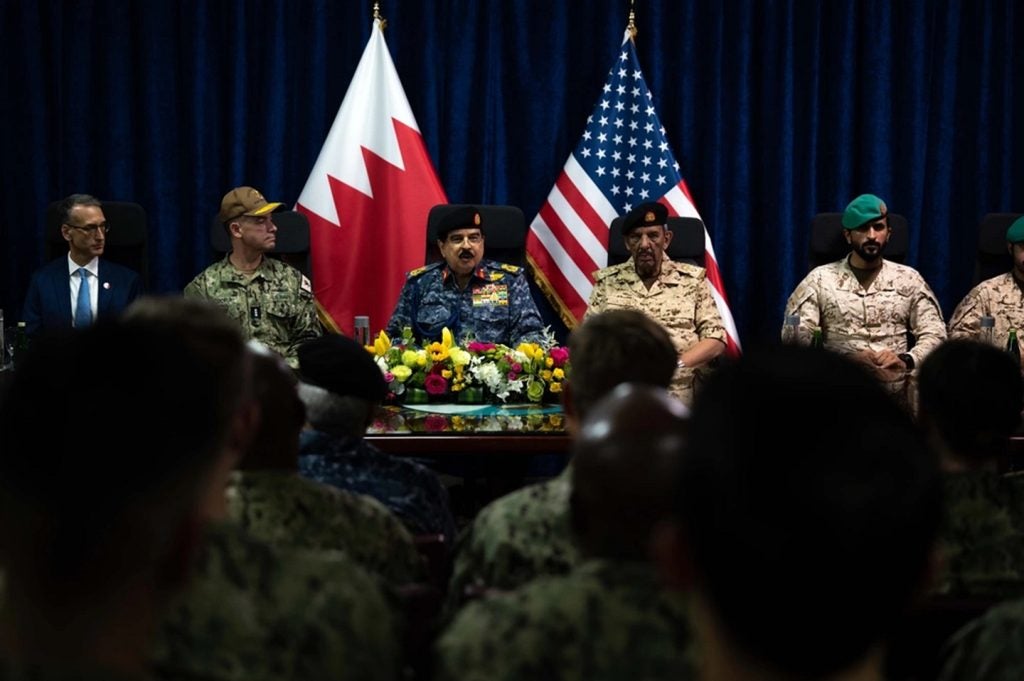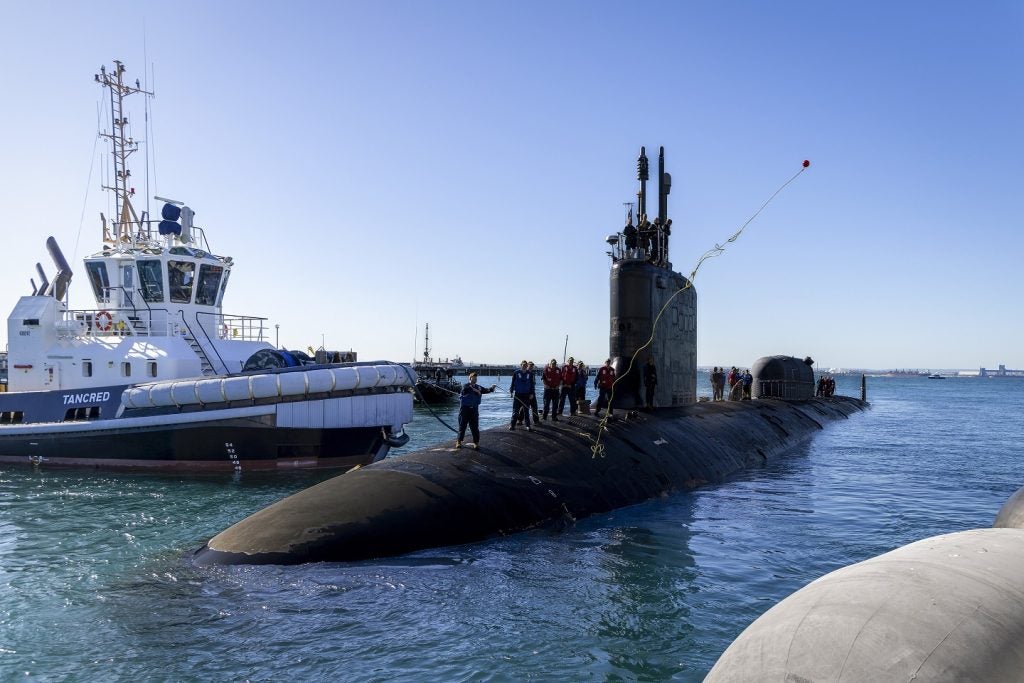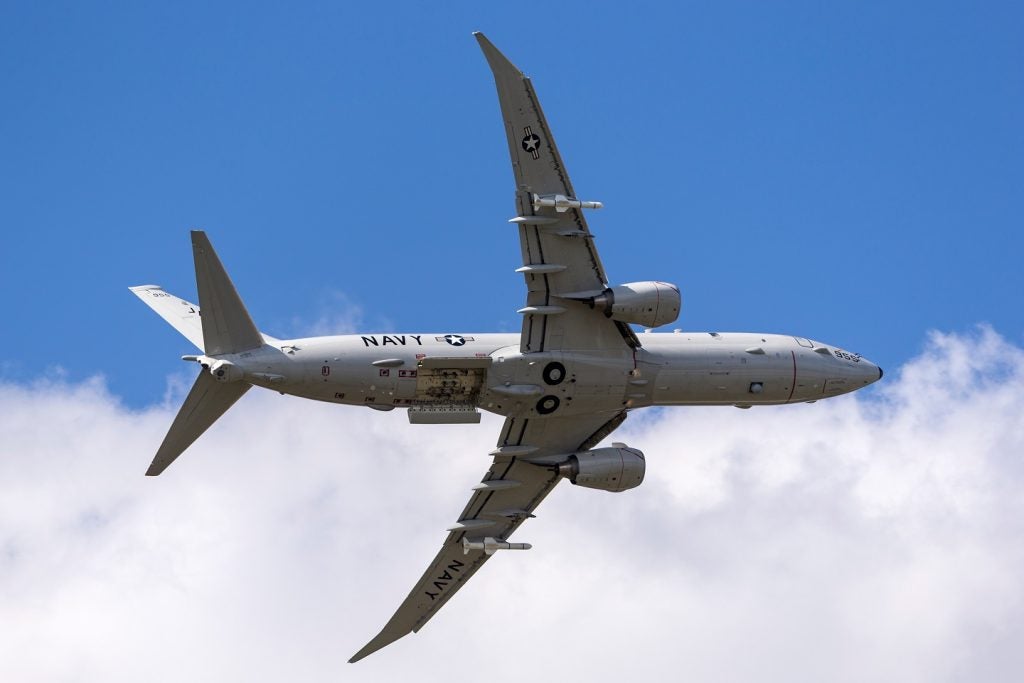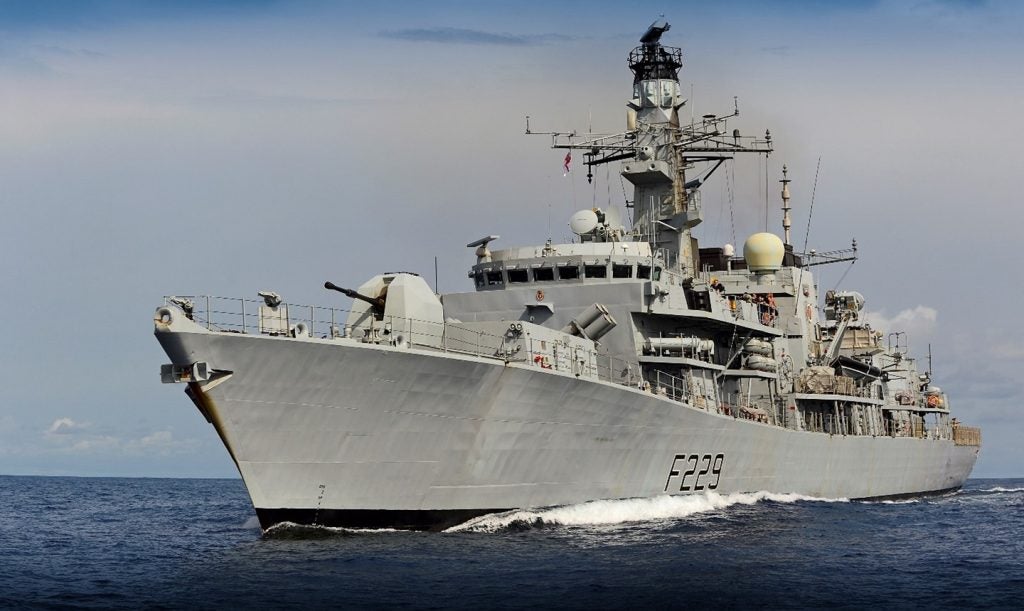The US Naval Air Warfare Center Aircraft Division (NAWCAD) has selected VT MÄK’s products to support unmanned aerial systems (UAS), human-computer interaction research, development, test and evaluation (RDT&E) environment for autonomy integration at the US Navy’s Human Computer Interaction Laboratory (HCIL).
The MÄK suite of tools, which involves VR-Forces, B-HAVE, VR-Vantage, VR-Link, the MÄK RTI, and the MÄK Data Logger, will enhance the role of human-machine interface (HMI) automation in UAS.
In addition, the MÄK products will provide the lab with robust environment and scenario-creation capability, which is needed for the UAS mission simulations.
MÄK’s VR-Forces engine, which can be used for flexible scenario generation, implements semi-automated forces such as soldiers, vehicles and aircraft, whereas the MÄK’s visualisation solution, VR-Vantage, provides the tactical displays and simulates electro-optical and infrared sensor feeds.
How well do you really know your competitors?
Access the most comprehensive Company Profiles on the market, powered by GlobalData. Save hours of research. Gain competitive edge.

Thank you!
Your download email will arrive shortly
Not ready to buy yet? Download a free sample
We are confident about the unique quality of our Company Profiles. However, we want you to make the most beneficial decision for your business, so we offer a free sample that you can download by submitting the below form
By GlobalDataA module for VR-Forces, B-HAVE will allow users to generate complex patterns of life, which will enable the semi-automated forces to follow context-sensitive patterns with more complex and realistic behaviours.
See Also:
Mission simulations will be distributed across networks by the VR-Link and the MÄK RTI while the MÄK Data Logger supports further analysis and design evaluation by gathering measures of performance (MOPs) and measures of effectiveness (MOEs).
The UAS HCI environment for the autonomy integration project aims to evaluate and compare man-machine performances in various mission scenarios such as surveillance, maritime patrol, battle management for the development of autonomy-enhanced UAS HMIs.
In addition to enhancing total system capability, the project intends to reduce operator workload and minimise crew, to control unmanned vehicles and improve mission capabilities for future requirements.
The project will enhance decision making in the initial phase of the system development lifecycle.








